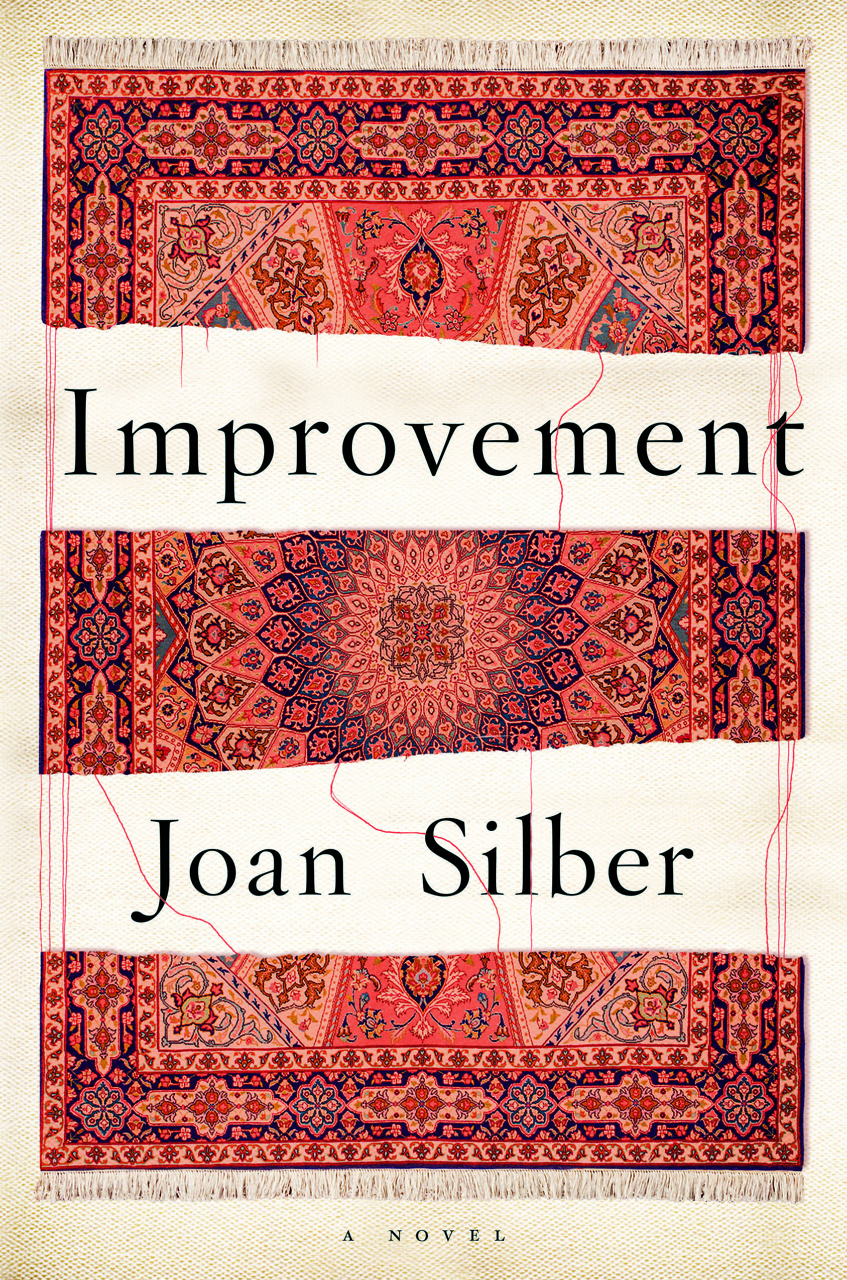Finding the Energy to Move
Amanda Little traces the origins of America’s oil dependence—and investigates options for the future
Amanda Little has been doing some traveling. After the great northeast blackout of August 2003, the Nashville environmental journalist decided that she wanted to learn the nuts and bolts—or, more appropriately, the barrels and watts—of America’s energy infrastructure, how energy shapes our lives, and what to do now that our addiction to fossil fuels is becoming untenable. So off she went, from the Gulf of Mexico to Kansas to Los Angeles, with many stops along the way, looking into the nooks and crannies of transportation, food, medicine, defense, and all the other aspects of modern civilization that must be considered as the country tries to realize its goal of true energy independence. The result is Power Trip: From Oil Wells to Solar Cells—A Ride to Our Renewable Future.
 Like a physician diagnosing a patient, Little, an award-winning writer whose work has appeared in Salon, Outside magazine, and a host of other publications, began with the symptoms of energy dependence. In the days after the blackout that stopped the modern world—or at least the corridor from New York to Detroit—in its tracks, she wondered how a power line touching a tree in Ohio could so profoundly affect millions of lives within a matter of minutes. She started her cross-country tour to find the answers, searching out the people in charge, both those who were causing the problem and the ones looking for ways out.
Like a physician diagnosing a patient, Little, an award-winning writer whose work has appeared in Salon, Outside magazine, and a host of other publications, began with the symptoms of energy dependence. In the days after the blackout that stopped the modern world—or at least the corridor from New York to Detroit—in its tracks, she wondered how a power line touching a tree in Ohio could so profoundly affect millions of lives within a matter of minutes. She started her cross-country tour to find the answers, searching out the people in charge, both those who were causing the problem and the ones looking for ways out.
Her investigation soon turned introspective: What was her own culpability in this mess? “One morning,” she writes, “I began with a simple task: I took a much smaller and quieter, but for me equally momentous, tour around my office. My aim was to count the things in my midst that were, in one way or another, tied to fossil fuels.” What she found changed the focus of her project. Virtually everything in her office, even the “organic” foodstuffs, traced its history through some portion of the energy web. “Once I connected the dots between so many seemingly disparate elements of my life—my car, my clothes, my e-mail, my makeup, my burger, even my health—I saw an energy landscape far more vast and complex than I’d ever imagined.”
“I began with a simple task: I took a much smaller and quieter, but for me equally momentous, tour around my office. My aim was to count the things in my midst that were, in one way or another, tied to fossil fuels.”
And suddenly the blacks and whites of her life changed to shades of gray. It is this understanding—not just of Americans’ collective guilt in burning energy as casually as we breathe air, but that things and people are often not as simple they seem—that makes Power Trip a fine and enlightening read. When Little travels to the Pentagon to investigate how the United States uses energy to wage war and peace, she doesn’t simply quote statistics about how many gallons of fuel an F-16 jet burns in an hour (it’s gargantuan), but she talks to the official in charge of the Pentagon’s Energy Task Force. There she learns that the Department of Defense is currently one of the world’s largest consumers of green energy, with a goal of obtaining 20 percent of its energy from renewable resources by the year 2025. And she gathers evidence from battlefield commanders who constantly look for ways to reduce their use of energy, not because they want to reduce global warming, but because they want to wage war effectively and with as little risk to their troops as possible.
This combination of bureaucratic and grass-roots efforts permeates Little’s wide-ranging, ambitious story of energy. She chronicles, for example, not just the wildcatters who sought great riches in the fields of dreams that were the buried deposits of oil and gas scattered across the country, but also examines how government policies since World War Two have fostered a dependence on countries that now have more reserves of petroleum than the United States can hope to hold. This bipartisan effort, which began in 1945 with a colorful and fateful ship-board summit between Franklin Delano Roosevelt and Saudi King Ibn Saud, continued through every subsequent administration, regardless of periodic public statements urging Americans to conserve.
 As for business interests, Little dissects the history of plastics and the perfection of the supply chain (through amazing inventions like the shipping container) so as to make perfectly clear that while corporate greed may cause many problems, the same desire for money is creating many solutions. Globalization, she reports, appears to be on the wane because of limitations on energy, and the infamous Wal-Mart effect has produced a corporate culture that prizes efficiency—and efficiency demands low-cost transportation and overhead. As she notes, “The world’s largest food distributor, Wal-Mart, has also recently become America’s biggest purchaser of local produce.” In 2008, during the summer growing season, the company obtained 20 percent of its produce from local farms to save on fuel. And, she adds, “Perhaps no one is embracing the green building trend more aggressively than Wal-Mart.” Its corporate officers “have pledged to eliminate fossil fuel use entirely in their stores—eventually running them exclusively on renewable energy.”
As for business interests, Little dissects the history of plastics and the perfection of the supply chain (through amazing inventions like the shipping container) so as to make perfectly clear that while corporate greed may cause many problems, the same desire for money is creating many solutions. Globalization, she reports, appears to be on the wane because of limitations on energy, and the infamous Wal-Mart effect has produced a corporate culture that prizes efficiency—and efficiency demands low-cost transportation and overhead. As she notes, “The world’s largest food distributor, Wal-Mart, has also recently become America’s biggest purchaser of local produce.” In 2008, during the summer growing season, the company obtained 20 percent of its produce from local farms to save on fuel. And, she adds, “Perhaps no one is embracing the green building trend more aggressively than Wal-Mart.” Its corporate officers “have pledged to eliminate fossil fuel use entirely in their stores—eventually running them exclusively on renewable energy.”
Through her travels to places as different as Talladega Superspeedway, a plastic surgeon’s office in California, and a new skyscraper in Manhattan, Little has found true insight into the past, present, and future interaction of culture and energy. She shares what she has learned with a mixture of humor, gravitas, and optimism that is both rare and welcome in environmental reporting. And while noting the need for rapid change in the way energy is produced and used, she cautions that “truly transformative change … doesn’t happen from the top down, it happens from the ground up. The solutions to our energy crisis cannot be found and implemented through federal leadership alone; they must be understood and embraced by all Americans.”
Reading Power Trip is a good first step in achieving that understanding.


